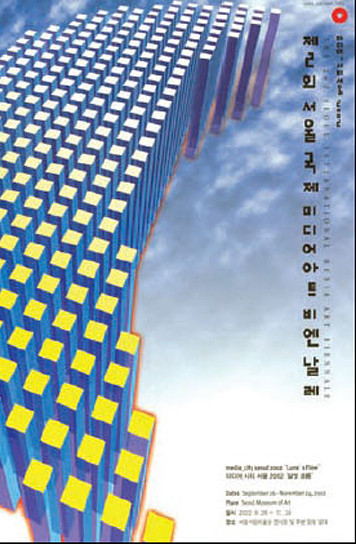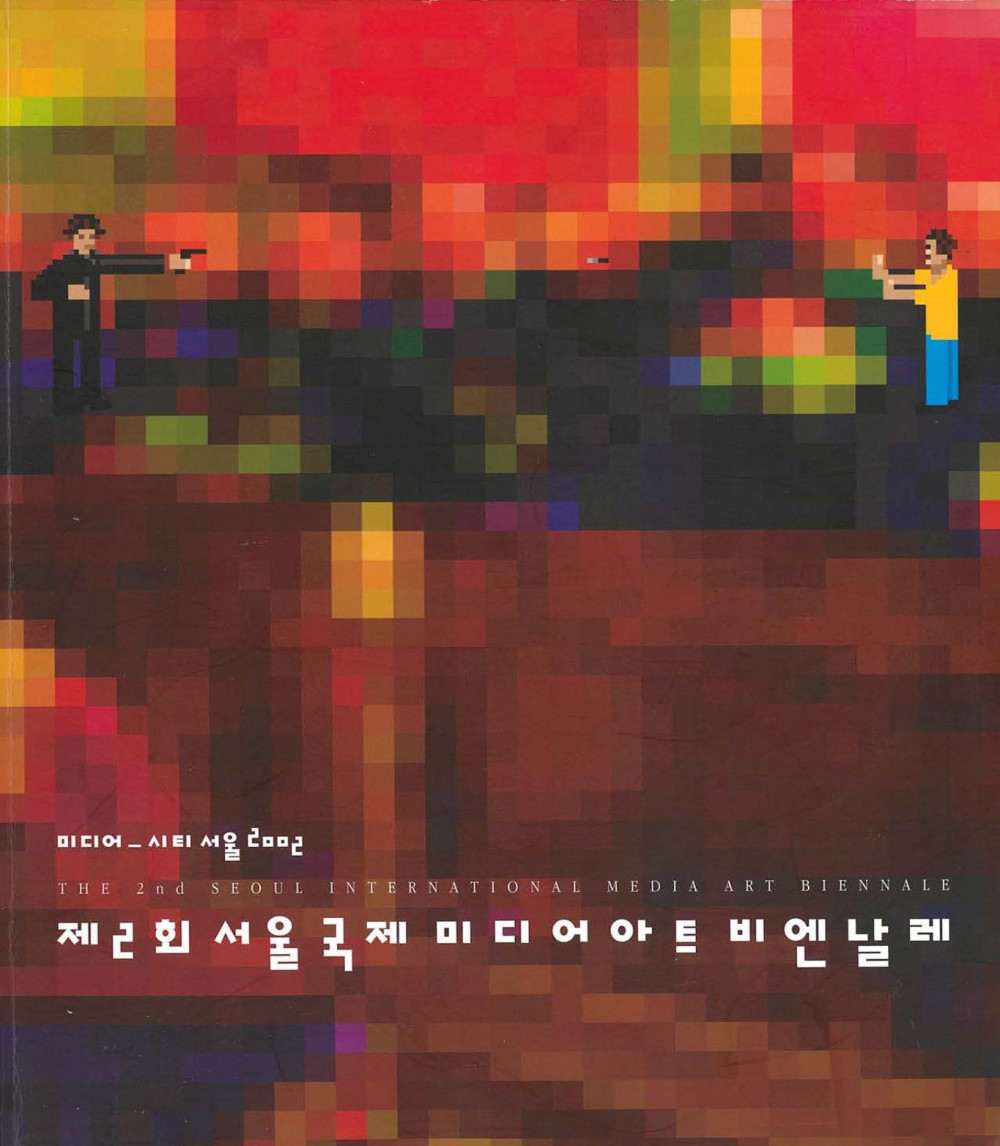Kim Su Jung’s “point” which traces the movement of nature with the mouse, consists of computer language, logic, and numbers and shows the essence of digital expression. Numbers cannot be expressed in the analogue realm because everything is variable in that realm. On the other hand, everything should be expressed in numbers in the digital realm because all concepts in computers are numerically calculated.
Everything is reduced to a number game in the digital environment. Suppose you draw a line with the paint brush using the Photoshop program. It may look like a simple line (analogue), but it in fact is a manifestation of the digital concept expressed in numbers. That explains how the line remains eternally as it is. Not only that, numbers expressed with symbols can transmit a form or concept accurately beyond space.
A major difference between “digital” and “analogue” is that “digital” is a concept used in the land of computers, while “analogue” embraces all others. An image scanned on the computer monitor is analogue, while the numerical value (e.g., RGB value), by which a computer recognizes it, is digital. Also the fact that there is no tangible entity in the digital realm distinguishes “digital” from “analogue.”
Kim has been inclined to see objects not with his biological eyes but through various other perspectives, else. The various symbols, colors, and forms Kim has seen in New York and Seoul, the two cities reflected in Kim’s works, are the main theme of the series of Two-Eyelands. The material of Two-Eyelands, Sky is the sky of the city formed by the skylines of the buildings.

